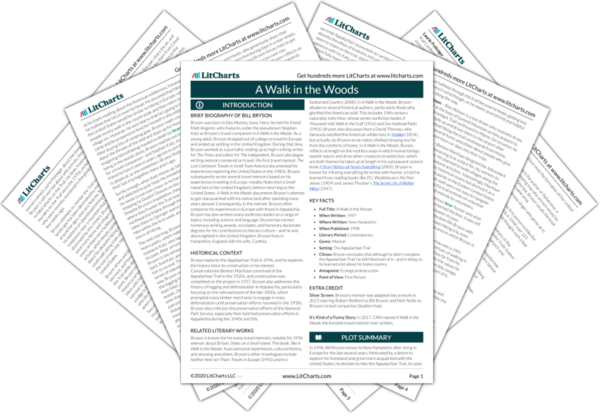As the duo approach the Trail, the bitterly cold weather shows them that what they’ve signed up for isn’t an easy, relaxed walk in the woods. Still, Bryson’s optimism prevails, although he loses patience with Katz before he’s even gotten going, and swiftly outpaces him. The punishing environment will necessitate them bonding and working together—but so far, Bryson just finds Katz annoying, somebody that’s going to slow him down. Bryson’s lack of concern about the cold weather is also misguided—even though he spends a lot of time worrying about wild animals, his own foolishness about the weather will actually pose the biggest threat to his life on the journey ahead.
